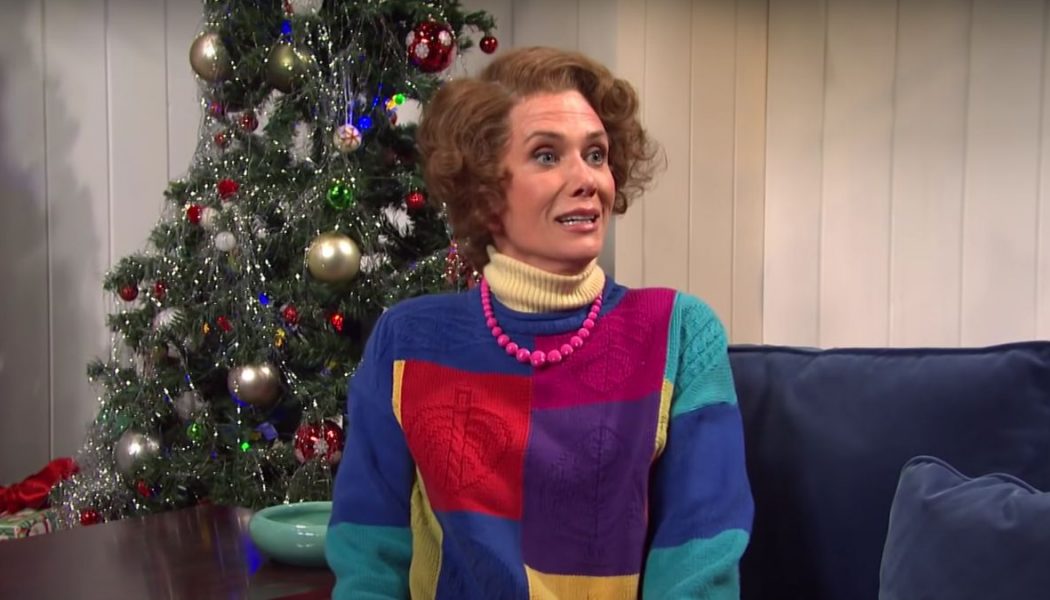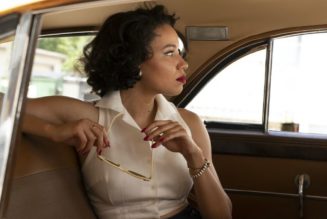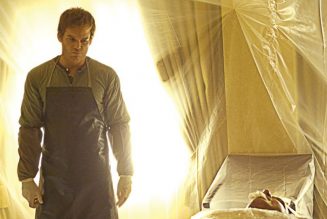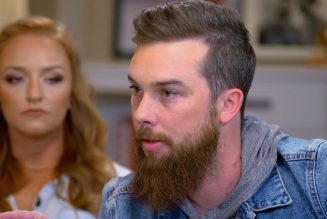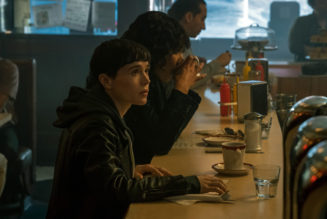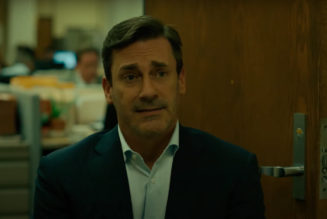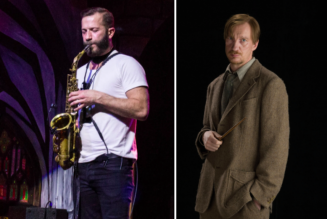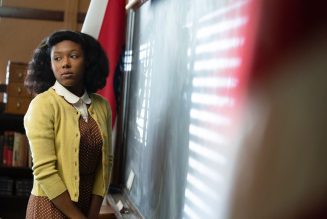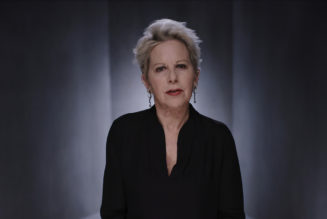
When Kristen Wiig hit the stage to deliver her monologue this past weekend on Saturday Night Live, she said it felt like coming home. She reiterated this point at the end of the show, during the goodnights. In between, she backed up her statements by comfortably re-settling into the rhythms of the show, and reviving two of her many recurring characters: Sue, the woman who can’t handle surprises; and Mindy Gracin, the addled stage star who appears on the game show Secret Word.
Wiig still stands among the most beloved centerpiece stars of SNL this millennium, and this week’s episode underlined a major reason why, at least in terms of the popular consciousness: She originated a lot of recurring characters on the show. So many, in fact, that she can reprise two second-string ones like Mindy Gracin and Sue and still have them serve as episode bookends.
With an array of personalities like the Target Lady; Penelope, one-upper; one half of the Two A-holes; Dooneese the Lawrence Welk Show dancer; and mischievous kid Gilly, among others, Wiig was arguably the first woman on SNL to feel like its primary star, even when surrounded by a strong ensemble—no different than Will Ferrell and Dana Carvey in their days. And looking back, Wiig passed that torch to Kate McKinnon, who has since become the longest-running female cast member in SNL history. (It felt right that she would join Wiig and Maya Rudolph on the monologue stage, even though McKinnon and Wiig’s time on the show only barely overlapped.)
McKinnon’s castmates Aidy Bryant and Cecily Strong aren’t far behind McKinnon, though — in fact, her tenure only leads theirs by a shy five episodes. And to be fair, Bryant and Strong, who have been largely absent this season as they film other projects, are arguably just as funny as Wiig or McKinnon — maybe even funnier. Here’s the thing, though: Neither talent has ever broken out in the same way as McKinnon, and their lack of signature characters may be a major reason why.
Think about it: If McKinnon were to host the show in, say, 2023, it’s easy enough to picture her reviving Colleen Rafferty, the always-ill-fated alien abductee, or maybe last-call specialist Sheila Sovage. For Strong and Bryant, though, fewer characters come to mind. They seem to have retired their Girlfriends Talk Show sketch; it’s never easy to sustain teenage characters for the better part of a decade. They have some deeper cuts I adore, like Strong’s English arm candy Gemma, or Bryant’s Jeanine, the overbearing wife of various local businessmen. But if you ask your casual SNL-watchers to name a Cecily Strong character, they might come up with the Girl You Wish You Hadn’t Started a Conversation With at a Party … or draw a blank.
That’s neither an indictment of the current show’s cast nor a testament to some newfound originality. Co-head writer Michael Che has noted that with most sketches on YouTube within hours of their performance, the show can’t really get away with running characters into the ground. What the show can get away with is repeating sketch formats, like the bit where a local news reporter stumbles upon a milquetoast man dating a woman who seems vastly out of his league, and sending outsized characters to the Weekend Update desk, where they require less set-up (and actual set-building) than a regular sketch.
There are advantages and disadvantages to this shift. On the plus side, SNL feels less than ever like a generator of mascots and catchphrases. As with the oft-outsourcing of political impressions to non-regulars, this leaves plenty of room for cast members to try new things, at least theoretically. Of course, it also burns through less goodwill; Wiig is enormously talented, and still had my eyes glazing over during the umpteenth reprisal of Secret Word. Every time she hosts, she summons within me a quiet dread that she’ll preside over another 27-minute Californians sketch. Her funniest moments this week were all fresher stuff, like a pre-taped sketch where she played a mom attempting to stifle her disappointment over a single lousy Christmas present.
Yet having fewer recurring characters also can’t keep the show from repeating itself anyway–and might strand some cast members, particularly its women. Traditionally, the show’s female players have taken the spotlight doing characters, rather than projecting, say, a brash, Pete Davidson-style persona. This was especially true (and especially gendered) in the show’s early years, where comedians like Chevy Chase, Bill Murray, and John Belushi could certainly slip into different roles, but defined their work with a particular attitude. Look, it’s no accident that Chase’s big catchphrase involved announcing himself by name. Gilda Radner, meanwhile, disappeared more seamlessly into her characters.
Though she didn’t jump into hit movies like many of her male co-stars, Radner may have ultimately exerted greater influence on the direction of SNL. Cheri Oteri and Molly Shannon broke through a long-standing boys’-club atmosphere in the late ‘90s, and certainly owe more to Radner’s style than Bill Murray’s or Chevy Chase’s. Today that Chase/Murray approach is even more rare. (Pete Davidson and Kyle Mooney come close, and their shtick is largely about their inability to fit in with more “normal” sketch-comedy colleagues. Leslie Jones had that energy, too; she’s an exception that shows just how unusual it is for the show’s women to play direct variations on their own personalities, rather than donning wigs and accents.) Meanwhile, Heidi Gardner has a joyful weirdness in line with Radner’s, and she may have an even more precise command of gesture and vocalizing than Wiig or McKinnon. But four seasons in, she doesn’t seem nearly as recognized. Her most memorable and skillfully played characters, like this week’s Instagram influencer bit, tend to emerge on Weekend Update.
In contrast, McKinnon and Wiig have both sometimes felt as if they can will the show to build a sketch around anything they do — sometimes by sheer force of their talent. (Granted, that’s not always a good thing, considering this is how you get eight installments of The Californians.) For better or worse, major talents like Strong, Bryant, Gardner and relative newcomer Chloe Fineman can’t perform that kind of flex; it’s a disadvantage for their name recognition, if probably better for their hit rate.
Of course, not everyone can be Wiig and McKinnon, both pioneering SNL players as women who were able to help define the show’s image for a long period. The wealth of female talent on the show, and the lack of a de facto “star,” might gradually shift that image again, whether toward a more even-handed, star-light cast, or a desperate return to theme songs and catchphrases. Wiig and McKinnon made dominating SNL look easy; they both ascended within a season or two on the air. Continuing without an immediate signature star, whether good for the show or not, will be hard work.
